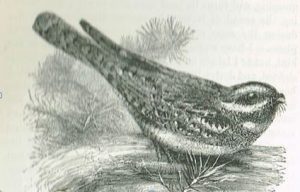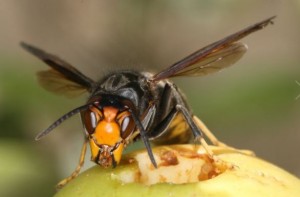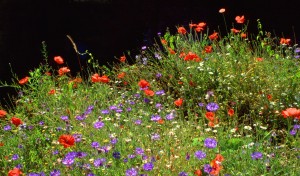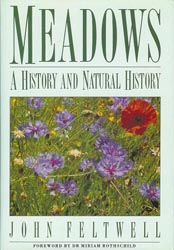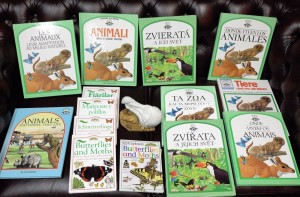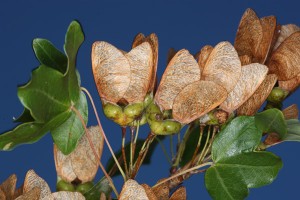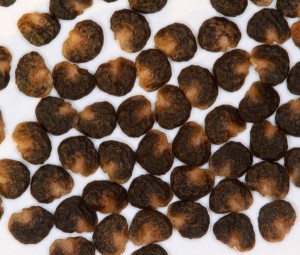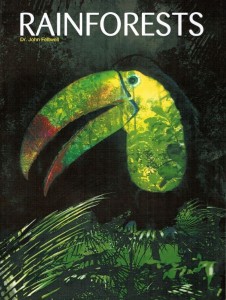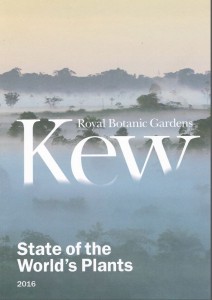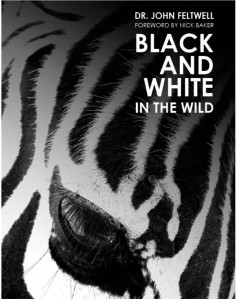Wildlife Matters is proud to be part of a Planning Potential team which was recently granted approval for a 73 bed hotel at Headley next to the Wealden Heath Phase 2 Special Protection Area (SPA). Wildlife Matters advised on appropriate mitigation to protect the notified habitats and species: Dartford Warbler, Woodlark and Nightjar (East Hants DC #20583/030).
Category Archives: Conservation
Asian hornet – latest works
Asian Hornets – latest works
Feltwell, J. 2016. Identification features of the Asian Hornet. BBKA News. The newsletter of The British Beekeepers’ Association. No:223 – March 2016. 81-83.
Feltwell, J. 2017. The arrival of the Asian hornet, Vespa velutina Lepeletier, 1836 into the UK in 2016. Antenna 41 (2) 59-64.
Jersey Evening Post, 25 October 2017. Asian hornets: Praise for ‘model approach’.https://jerseyeveningpost.com/news/2017/10/25/asian-hornets-praise-for-model-approach/ about John Feltwell’s visit to Jersey
The EIA 2017 Regulations
UKELA’s meeting (25 Sept) on adapting to the changes brought in by the New EIA Regulations was kindly hosted by Herbert Smith Freehills. The ‘2017 Regulations’ came into force on 16 May 2017 [1] and the evening event was a revealing and forthright résumé by experts in the field: Josh Fothergill (Fothergill Training), Rufus Howard (Royal HaskoningDHV) and Harriet Peacock (Tower Hamlets). What was made abundantly clear was that EIA in future should be scaled down from the excesses of paperwork that has escalated over the last ten years: the EIA for Hinckley ran to 35,000 pages. Less than 1% of the yearly 400,000 planning applications are EIAs and they vary enormously in quality. The way ahead is cutting through traditional EIAs to deal with ‘likely significant effects’ (LSE) simplifying planning applications for LPAs who are restricted by resources and manpower. Anything to assist LPAs deal with the paperwork is welcome, to speed the process through planning applications; a pragmatic approach is recommended, covering all relevant topics and LSE. Getting back to lightening paperwork via FONSI (Finding of No Significant Impacts) was promoted as a way to suggest alternative ways of dealing with ecological issues. Scoping should deal with which schedules to cover, and screening should screen subjects in or out. There was more on following the ‘spirit’ of the law rather than the ‘letter’ of the law. The ‘2017 Regulations’ now have a definition (there was none in the 2011 regulations). Project areas for consideration now have been brought back to 0.5ha from 15ha (1.1(a)). The ‘2017 Regulations’ still have passages which are open to interpretation such as ‘where appropriate’. There was a call to have more SEAs in the UK (to fall in line other countries in Europe). There is a brand new section on Biodiversity in Schedule 4 combining other disciplines such as assessing significant effects on population, human health, biodiversity, land soil, water…landscape, a sort of ‘gold-plating’ cross-referencing with Regulation 26 exercise to cover all important issues that also includes objectivity and bias.
[1] Statutory Instrument 2017 No.571. The Town and Country Planning (Environmental Impact Assessment) Regulations 2017 (the ‘2017 Regulations’) http://www.legislation.gov.uk/uksi/2017/571/pdfs/uksi_20170571_en.pdf
National Meadows Day
World Book Day 2017
RBG Kew Seed Collector
RBG Kew confirms that samples from more than 50% of the 214 seed and herbarium specimens collected by myself in the 1980s in the Old and New World virgin rainforests and deserts have been sent out to researchers around the world. The collection is now safely housed in the Millennium Seed Bank (MSB) at Wakehurst Place, Sussex.
Climate Change
RBG / World’s Plants review
RBG Kew. 2016. The State of the World’s Plants. Royal Botanic Gardens, Kew. 80pp (also on-line).
It was a surprise that the world’s plants had not had been put under the microscope before, but this timely report sets the record straight, and will be an annual event. This is a major work brought together and verified by scores of eminent botanists worldwide. The brutal message is that the quantum of plants is declining. There are three sections to the book, first, how many plants are there (391,000 vascular plants) second, threats, including climate change, and third, policies and international trade. The stark facts are highlighted throughout the book in large print: 21% of global plant species currently threatened with extinction, one in five of plants threatened with extinction. This is not compensated by the 2,034 new plant species logged up to March 2016. Genome sequencing is running apace, with 136 species whose whole-genome sequences are known. There are an amazing 31,128 species of ‘useful plants’ and 1,771 ‘important plant areas’ but, worryingly very few of these areas are protected. There are 4,979 species now documented as invasive; they say it is inevitable that with globalisation the incidence of invasives will rise. On climate change they agree that ‘>10% of the earth’s vegetated surface demonstrates high sensitivity to climate change.’ This year the review focussed on Brazil where there 32,109 native Brazilian seed plants known to science and where more seed plants are known than any other country in the world. There are 219 scientific references in the book, just in case anyone wants to dispute the facts. It will be interesting to compare parameters next year on the world’s inventory of plants. Clearly, then, there are plenty of reasons to be worried about plants.
Azores Wildlife book review
Zilda Melo Franca, Victor-Hugo Forjaz, Carlos Alberto Ribeiro, Amélia Matias Vaz, Elvira Ribeiro, Eduardo Brito de Azevedo, Jorge Miguel Tavares e Luís Miguel Almeida. 2014
Guia De História Natural Da Ilha do Pico Pico Island Natural History Handbook. Victor-Hugo Forjaz. 400pp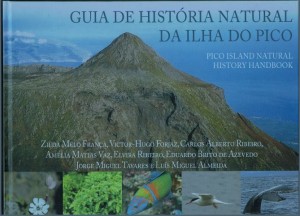
As Pico is one of many islands in the Azores, this is a real feast of natural history and ecological information that is generally applicable to other islands. It is in Portugese and English, and lavishly illustrated. It is more a superb guide to Pico than a ‘handbook’ and is a long-awaited tome with many authors who have presented data. The first section is on volcanology and how the island was formed, and how this has created the landscape and habitats we see today. There is much on trails across the island and what to look out for. There is a detailed map of the island tucked in the flyleaf which will be excellent in the field, but the book (nearly 2kg) will stay at home as a reference. The natural history gems of the island, and the Azorean islands in general, are laid out in the pages of photographs and notes on mammals, fish, birds, invertebrates, trees, ferns, mosses, grasses and flowering plants. The endemism of species is particularly well done, as well as the invasive flora that is obvious wherever you go, and species are identified as endemic in Azores, endemic in Macronesia, native, invasive or introduced. This is a key work on the flora and fauna and is highly recommended.
Latest book by John Feltwell
- · The first book ever on black and white in animals
- · Black and White as a colour
- · Which came first black or white swans?
- · Life in bright deserts is best served in white
- · If you are not a Darwinist, this book is not for you
- · Global warming effects on colour
- · Radioactivity effects on colour
- · Piedness in birds
